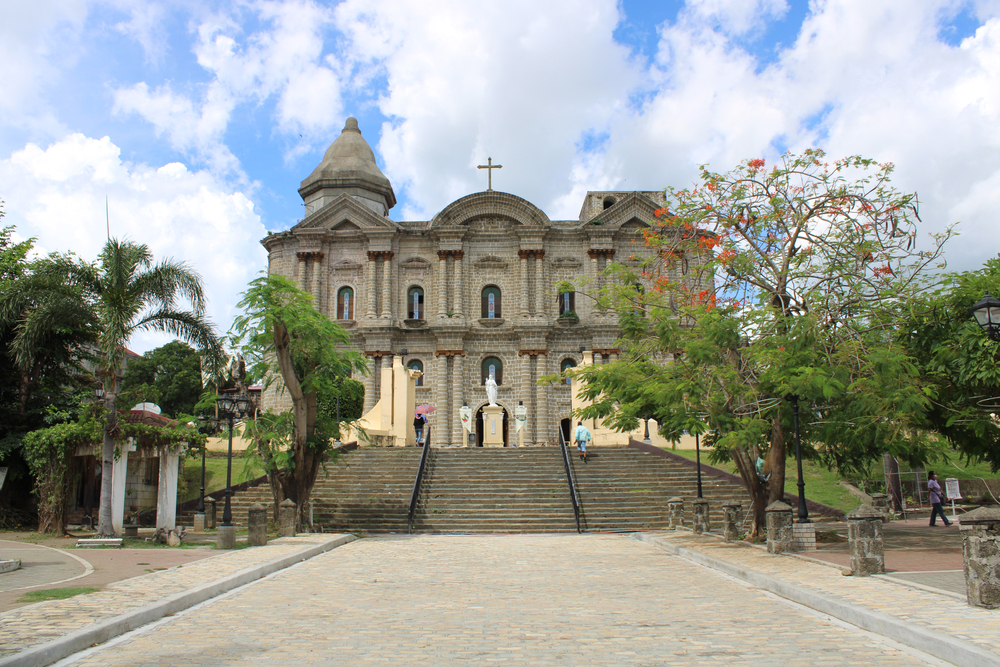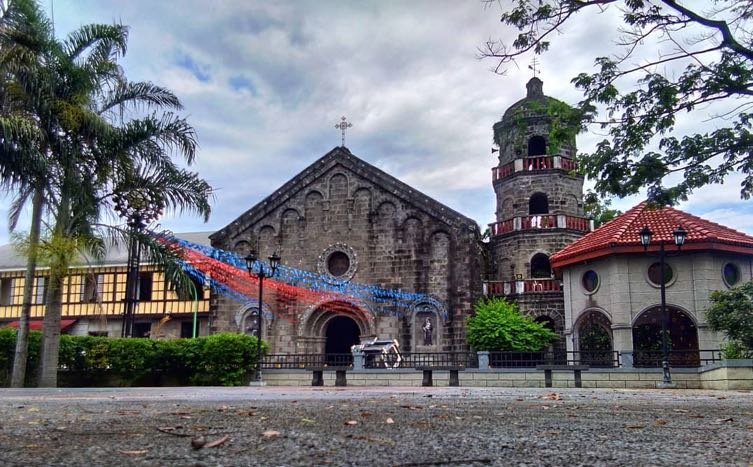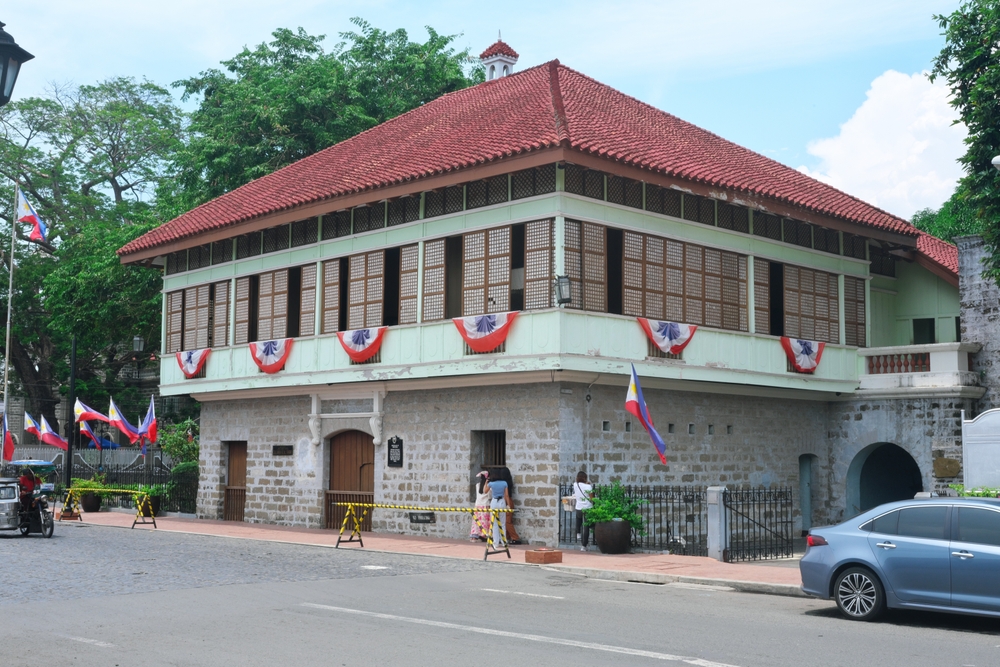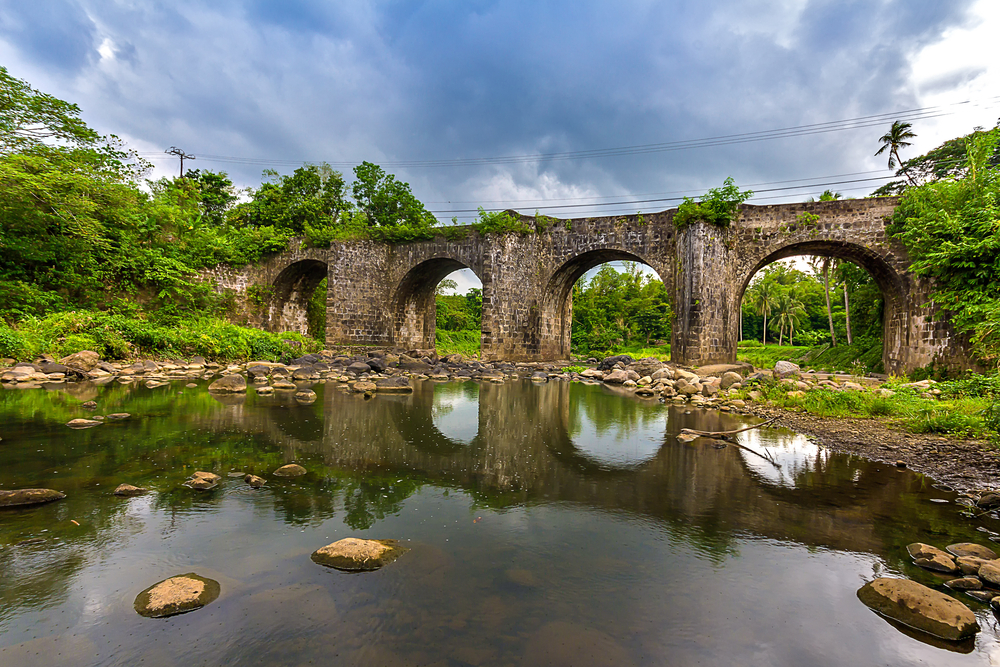Exploring the Rich History of Calabarzon: 6 Historic Sites to Visit

Calabarzon is a treasure trove of rich cultural heritage and significant landmarks that showcase the Philippines’ vibrant past. This region encompasses the provinces of Cavite, Laguna, Batangas, Rizal, and Quezon. From the Spanish colonial era to the revolution against Spain, every corner of Calabarzon has a story to tell.
Whether you’re marveling at the well-preserved colonial architecture of Taal Heritage Town in Batangas, standing in the very spot where Philippine independence was declared at Aguinaldo Shrine in Cavite, or gazing at ancient artworks etched into the rocks of Angono in Rizal, there’s something for history buffs like yourself to appreciate.
In this blog, we’ll take you through six must-visit historical locations in Calabarzon, each offering a unique experience of the events and figures that shaped the nation.
So, if you’re ready for a journey through time, keep reading and start planning your next adventure in these historical places in Calabarzon!
1. Taal Heritage Town, Batangas

Taal Heritage Town, often called the “Vigan of the South,” offers an immersive experience in Spanish colonial history. This quaint town, which dates back to 1572, boasts cobblestone streets and well-preserved ancestral homes that take you back in time.
The grand Basilica of St. Martin de Tours, the largest Catholic church in Asia, dominates the town’s skyline with its awe-inspiring Baroque architecture.
Many heritage houses have been converted into museums where you can view antique furniture, clothing, and artifacts from the Spanish colonial period. If you’re a fan of history and architecture, Taal is an excellent place to explore.
Admission fee: Free
Address: Taal Municipal Building, Calle MM Agoncillo, Cor. Calle J.W. Diokno, Calle Marcela Mariño Agoncillo, Taal, Batangas
2. Aguinaldo Shrine, Cavite

The Aguinaldo Shrine is one of the most notable historical sites in the Philippines. This 4,864-square-meter ancestral home of General Emilio Aguinaldo is where he declared the country’s independence from Spain on June 12, 1898. On June 18, 1964, former President Diosdado Macapagal declared it a national shrine via Republic Act No. 4039.
Today, the house has been converted into a museum, as Aguinaldo donated the property to the government prior to his death. The museum showcases the revolutionary period’s memorabilia, which includes Aguinaldo’s personal belongings and artifacts related to the fight for independence. The shrine’s highlight is the famous balcony where the Philippine flag was first waved.
By visiting the shrine, you will have a deeper understanding of the country’s struggle for freedom and the life of one of the most influential Filipino leaders.
Admission fee: Free
Address: Aguinaldo Freedom Park, Kawit, Cavite
3. St. Francis of Assisi Parish Church, Cavite

This historical church, also known as San Francisco de Malabon Parish Church, played a crucial role during the Philippine Revolution. Attached to the church is a convent where the Banda San Francisco de Malabon practiced and later performed the first rendition of the Philippine national anthem during the Declaration of Independence in June 1898.
Because of its unique blend of religious and Spanish colonial influences, the church’s architecture is a must-see for history and art enthusiasts. Its importance to the country’s history makes it a must-visit destination, giving you a glimpse and feel of the Filipinos’ revolutionary spirit.
Admission fee: Free
Address: Gov. Ferrer Dr., Sampalucan, General Trias, Cavite
4. Rizal Shrine, Laguna

The Rizal Shrine replicates the original house where Dr. Jose Rizal, the Philippines’ national hero, was born in 1861. The latter was reconstructed in 1949 using the same materials after being sold and destroyed during World War II. At the shrine, you’ll find his personal belongings, including books, manuscripts, and clothing.
Presently, this two-story bahay-na-bato, with its Spanish colonial architecture, serves as a museum of six galleries dedicated to the life and works of Rizal. In the Kaliwanagan gallery, you’ll learn about Rizal’s family life in Calamba. Meanwhile, the Karunungan gallery displays his education at the University of Santo Tomas and Ateneo Municipal de Manila.
Exhibits in the museum also highlight Rizal’s contribution to the revolutionary effort against Spanish colonial control. By visiting the shrine, you can glimpse into the life of the man who has been instrumental in shaping the country’s history.
Admission fee: Free
Address: Francisco Mercado Street cor. Jose P. Rizal Street, Brgy. Poblacion, Calamba, Laguna
5. Angono-Binangonan Petroglyphs, Rizal

The Angono-Binangonan Petroglyphs, which date back to around 3000 BC, are a collection of 127 figural carvings and the oldest known artworks in the Philippines. These ancient carvings etched into a rock wall depict various human and animal figures. Many also believe that early Filipino societies used these carvings for healing rituals.
This UNESCO World Heritage site, which rests in the highlands of Binangonan, provides a peek into the prehistoric lives of the early Filipinos and a chance to marvel at ancient communities’ artistic prowess. You can also go to the nearby museum, which offers more context and historical background.
Admission fee: Free
Location: Binangonan, Rizal
6. Malagonlong Bridge, Quezon

Built during the Spanish colonial period in the 1840s, Malagonlong Bridge is the longest surviving stone arch bridge from the Spanish era in the Philippines. This five-span structure was made using adobe blocks and lime mortar and travels 445 feet across the Dumacaa River.
Declared a National Cultural Treasure, the bridge is a testament to the Spanish people’s engineering influence during their rule in the country. Walking across this well-preserved structure is like taking a journey back in time. It’s a perfect spot if you’re a history buff and architecture enthusiast, offering a unique blend of history and craftsmanship.
Admission fee: Free
Location: Tayabas, Quezon
Your Gateway to the Past
From majestic shrines and colonial cities to prehistoric petroglyphs, Calabarzon is a region rich in history. Each of these six historical sites offers a unique glimpse into the Philippines’ past and an enriching experience for the history buff in you. There is something in Calabarzon regardless of your interests—be it the Spanish era’s architecture, the revolutionary era, or ancient art.
Originally published on Riverpark's blog
- Art
- Causes
- Crafts
- Dance
- Drinks
- Film
- Fitness
- Food
- Jocuri
- Gardening
- Health
- Home
- Literature
- Music
- Networking
- Alte
- Party
- Religion
- Shopping
- Sports
- Theater
- Wellness


